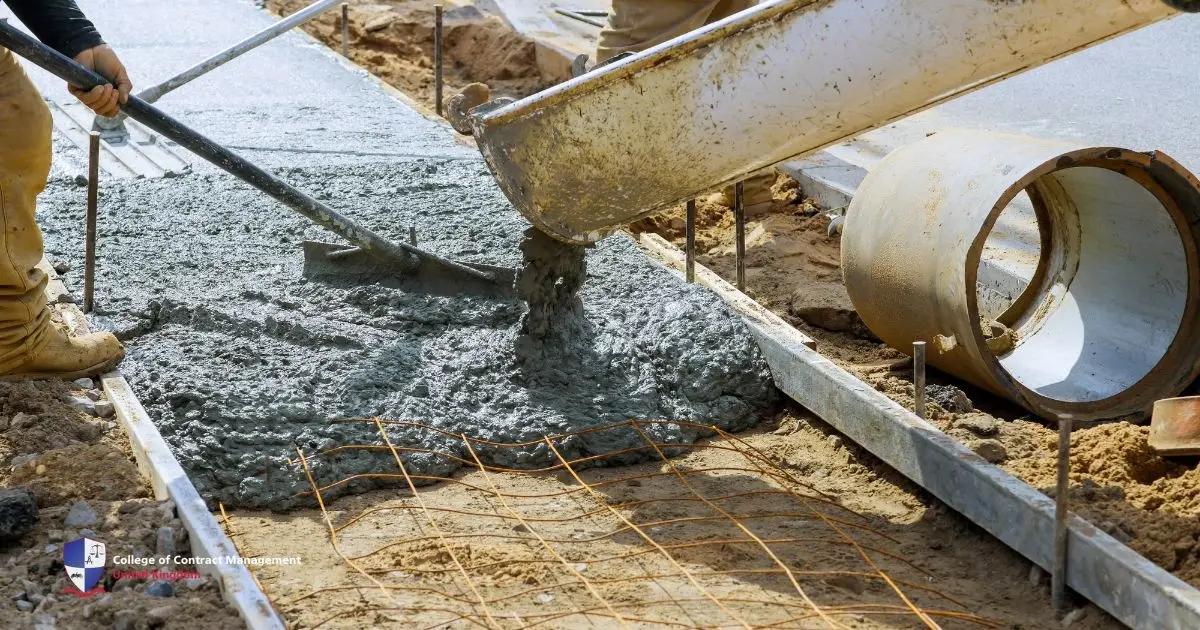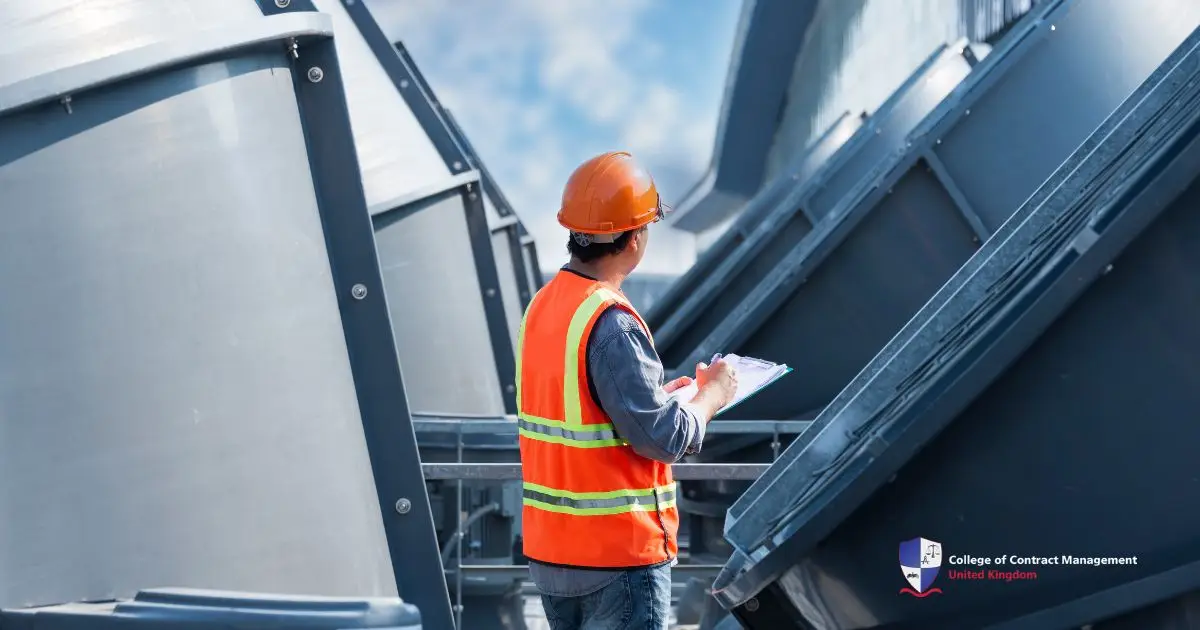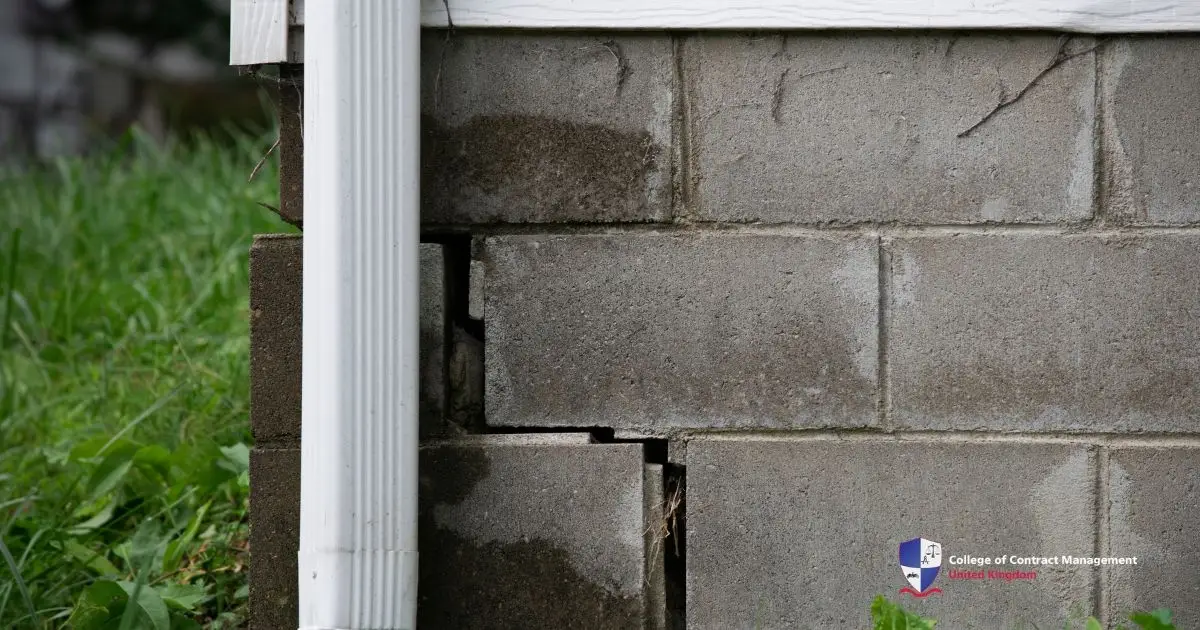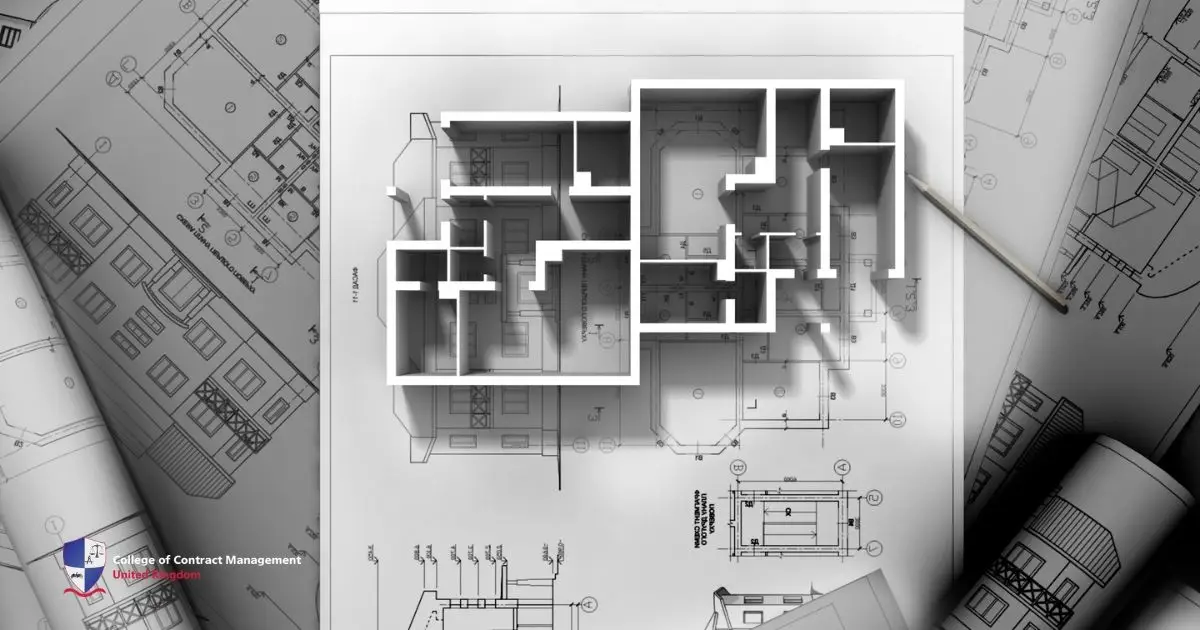Building a structure requires a lot of materials to make the structure stand firm and last for a very long time. Now, one of the most commonly used materials for it is cement. It is mainly used as a component for making concrete supplies. Therefore, many contractors are using it for their projects. However, it is essential to note that this supply comes in various types, which may impact the building's quality.
For example, you can use ordinary portland cement (OPC) to make building foundations, walls, and floors. However, there is a specific technique that you need to use to make this supply. This is because the quality of each type depends on the techniques used. To learn more about it, this article covers topics that can guide in using the material.
What is cement?
Cement is a construction material in the form of a fine gray powder. When you mix it with water, it will form a paste-like material and harden. It can also be used to bind other materials, such as sand, gravel, or stone, and form them into a single solid unit. Due to this, labourers utilize this material as the primary ingredient in making concrete and mortar.
This building material is used in almost all construction projects, ranging from the construction of simple houses to the building of skyscrapers and other infrastructures. This is because it contains several important components that make the building last long and stand firm. These components include calcium oxide (CaO), silicon dioxide (SiO2), aluminium oxide (Al2O3), magnesium oxide (MgO), iron oxide (Fe2O3), calcium sulphate (CaSO4), sulfur trioxide (SO3), and alkalis (MOH).
However, cement production produces a lot of carbon dioxide (CO₂). The process of making this material can cause the greenhouse gas effect, which worsens climate change. In addition, mining the raw materials for this paste material, like limestone, can also damage the local environment. Therefore, many companies have developed this material to be more environmentally friendly.
Types of cement
There are several types of cement that you can use for your building projects. These types include ordinary portland, portland pozzolana, rapid hardening, extra rapid hardening, quick-setting, low-heat, sulphate-resisting, blast-furnace slag, high-alumina, white, coloured, air-entraining, expansive, hydrographic, and portland limestone. These types are varied based on their content and usage.
In this case, you can use them based on your project’s needs and conditions. For example, you can use the quick settings type if you need instant hardening. But if you are building structures on grounds that have a high sulfate content, the sulfate-resisting type is a good choice. To help you understand it more, below is the explanation of the common type you can use for your structures:
Ordinary portland cement (OPC)
OPC is a type of building stone that is quarried on the Isle of Portland in Dorset. It is the most used type in the world, which can make a versatile and strong building. For this reason, many builders are using it for its strength, durability, and workability. Technically, it can be combined with other building supplies to create concrete and mortar materials. Therefore, OPC is good for making buildings, bridges, roads, and other structures.
Portland pozzolna cement (PPC)
PPC is a combination of OPC and pozzolan materials, like fly ash or silica fume. It has a higher resistance to several chemical reactions that are combined with concrete. Therefore, you can use it to construct homes, buildings, and massive concrete structures that prioritize their durability, such as dams and bridges.
Rapid hardening
Rapid hardening is a type that can help you harden your structure faster. This is because it contains tricalcium silicate (C3S) and a finer particle size. C3S has a good reaction with water that can release a lot of heat and create calcium silicate hydrate (CSH). Because of this, this type is also known as the hydraulic type.
Extra rapid hardening
Almost similar to the rapid hardening, but this type is faster to harden your cement building. It is because the material is combined with OPC clinker and more calcium chloride (CaCl2). This combination can help you to make a building project for cold-weather and emergency situations. You can use it to build an airport runway, industrial floors, or precast concrete products.
Low heat
Low heat is also called a hydraulic cement because it has a good reaction when it is combined with water. This characteristic can be achieved by lowering their tricalcium aluminate (C3A) and their dicalcium silicate (C2S) content by 6%. For this reason, it creates less heat in the hydration process, thus making this an eco-friendly and sustainable option. This type is suitable for making large concrete structures that are prone to cracking due to thermal factors.
Sulphate resisting
It is a hydraulic type that is designed to avoid any damage effects because of sulphate salts in soil or groundwater. This type contains fine grinding or OPC clinker, gypsum, and blast furnace slag. Therefore, it can be used in a location that has a high sulphate content, such as in coastal areas, mines, canal linings, and retaining walls.
White
It is an OPC type but in white color. Technically, the basic OPC is in gray. However, its pure white raw materials, from pure chalk and clay, and a specific manufacturing process, make this cement white. In this case, the chalk contains pure limestone, which is white. At the same time, the clay has a content that does not contain iron oxides (Fe2O3), manganese oxide (Mn2O3), or chromium. These components are the reason why this building material is dark and gray. You can use it for decorative purposes.
Benefits of using cement in construction
There are a lot of benefits you can get by using cement as your building supply, such as repairing gaps, small cracks, or holes in old structures, improving the building's quality, providing soundproofing, helping the efficiency of a building's insulation, and more. At the same time, this building supply can also provide eco-friendly materials that are safe for the environment. It shares similar advantages to the traditional ones but is more green, such as:
-
Binding all the construction materials
-
Developing a firm and sustainable building structure
-
Increasing the building's resistance to various weather changes
-
Supporting green and flexible building designs
-
Increasing building stability and safety
-
Lower costs
-
Easy maintenance
-
Encouraging innovation in more environmentally friendly building materials
Final thought
Cement is a building material that functions as an adhesive for all building materials. Therefore, its form is always like a paste. To use it, there are several types that you can use according to your project needs. You can also use the dry or wet method to make this material. That way, this material can be a strong glue for your building.
To learn more about it, the College of Contract Management provides several learning resources in CPD, diploma, and master's programmes. It also offers a top-up to enhance your expertise. With this in mind, the learning topics are varied from business management, professional development, medical, engineering, marketing and sales, law, IT software, and more. Therefore, everyone from all backgrounds can join and learn from us. What are you waiting for? Sign up to join the class now!





